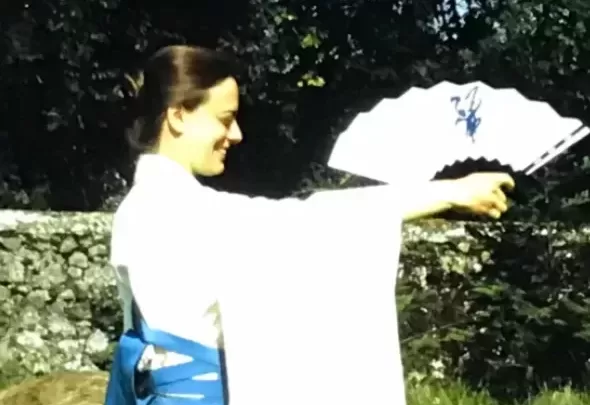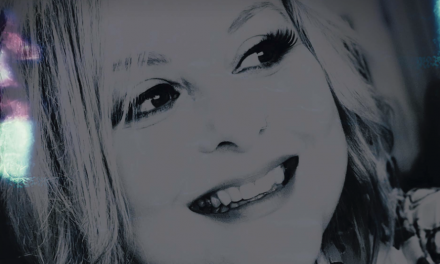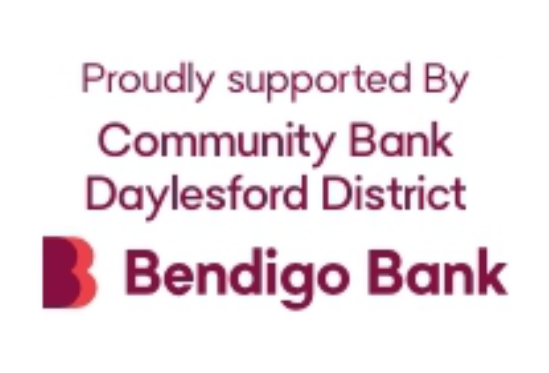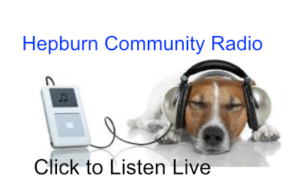Petrus Spronk
Some years ago I planned a journey overseas. My brief was to hitch around the world. This took eight years, although at the time of planning I had no idea.
I got a suitcase. Filled it with my favourite books. Bought another suitcase, filled it with more books. Then another suitcase for my LP records (yes we are talking seventies), another one for my favourite art works and then one for my clothes. When I finished packing I had eight suitcases. Problem. I was going off on my own and had only two hands. One to hold my ticket and one to wave my family and friends goodbye.
Using the suitcases I made myself a comfortable lounge suite, sat down and tried to work out a solution. If I took all my books and music, there would be no room for new books and new music. What would be the point of travelling? If I took just one book and no music, I could swap the book when finished and, in that way, always have a book and be part of the free world library. In terms of the music, I could listen to the new sounds in new countries and enjoy the sounds of travel in distant places as music. Lighter load. Less to carry. More to enjoy. Less waste of energy.
I left. I had some money in my pocket which in time ran out. I saw so many things I liked and bought. Bought and carried. The load getting heavier. As a result I had to find a job. I found one. During this job I had some time to think. This was not travelling. When I had replenished my purse I realised that if I spent less I would have to work less. Enjoy more. If I bought less I would carry less. Life would inevitably be lighter.
As a result of the buying, working and carrying cycle, I decided on the following solution and to see how I’d go. Each time I stood in front of yet another seductive shop window I would say to myself ‘Do I need this or do I want this’. From this I found out pretty soon that I needed very little but wanted a great deal. I also figured that my wants would never ever be satisfied. That my wants were like a selfish and all devouring monster. Giving in to them I would never ‘be’ satisfied. On the other hand my needs were very easily satisfied. To travel I needed little. As a result I had to work less and less and carry less and less. I became lighter and saw a great deal.
I left with a huge backpack and some hand luggage. Eight years later I returned with just a five kilo backpack. After eight years on the road my ‘material attainment’ had become feather light. My ‘experiences attainment’, easy to carry and store, was full and rich. After eight years travel I was a great deal lighter and had minimised the waste of my energy.
One place where this project of ‘less waste more energy’ got some focus was the Lama Foundation in New Mexico. (In this case the word ‘Lama’ means mud, in Mexican. The place was built from adobe. For more details www.lamafoundation.com.) Here, in order to pay my way, I created a ceramic workshop from found material, including a wheel and kiln, but that is another story. While there I met a man who practiced his mudras on a daily basis.
Mudra are movements made with both hands. These movements tell a story. This set of movements, like mime if you like, came from a culture where the various languages were different but where the religion was the same. The mudras, a visual explanation of a religious process, formed common ground and were understood by all. The man at the Lama Foundation also told me that the practice of the mudras got oneself into a meditation zone.
The mudras were not only explanatory, they were beautiful, graceful. Like a piece of ballet for the hands. Having always made things with my hands I wanted to learn them. I did. Practiced and practiced. After some time I left the Lama Foundation. I hitched out. During this part of my journey I arrived at one of those typical American truck stops. This one in Colorado. It was November and getting pretty cold. Inside it was warm and steamy. There was a horse shoe shaped bar in which a man was creating food for about a dozen people seated around, watching, conversing. While working, the cook was carrying on conversations and cracking jokes. An amiable place. I took a seat and ordered breakfast. While talking to another person at the bar the cook cracked my eggs onto a hot plate. He never even looked at what he was doing. At that very moment I saw another mudra. The egg cracking mudra. The movement was exquisite. It changed my life. After this I started to look at how people communicate their various skills through their hands.
That evening at another place I watched a fiddle player who, besides creating music, also created the most elegant ‘Violin Playing’ mudras. I took notice and observed how, when people know their skills through and through, there is grace in their movements, consequently they are wonderful to watch. I also observed that the special aspects about these movements was their clarity. This clarity had not only been arrived at as a result of practice. But as a result of aware practice. The awareness of being as economical as possible.
My free home study course of “The Economy of Movement” had arrived from the cosmos. The most important aspect of that study and of attaining beautiful movements, was to minimise the waste of movement. The more economical the movements, the less waste in movement, the more functional the movement, the more efficient the movement, the more beautiful the movement.
The study of beauty through the economy of movement.
When after more time on the road I was able to rent a studio to create a series of ceramic responses to my travel, the first thing I did was to look into this ‘economy of movement’ phenomena in my own skills. This was for more than one reason. As part of my income I would demonstrate my pottery skills here and there and I realised that if I could improve my movements, I could improve my presentation. More clarity, less clutter. I aimed to make my movements like a piece of ballet. And why not. I titled my pottery performances, “The butterfly on the edge of the bowl”. This was in relation to the movement which finished the making of the bowl. My hands looked like a butterfly, sitting on the edge.
After eight years of movements around the world I returned home. I built a house and studio. I created a garden, I cooked food, I made ceramic bowls. And in all these endeavours I am continuously trying to cut out energy waste by improving and fine tuning my movements. Why? For the pleasure of the chase and because it liberates time to get wasted.
Petrus
art@petrusspronk.com
Petrus Spronk is a local artist and sculptor who contributes a monthly column to The Wombat Post.











